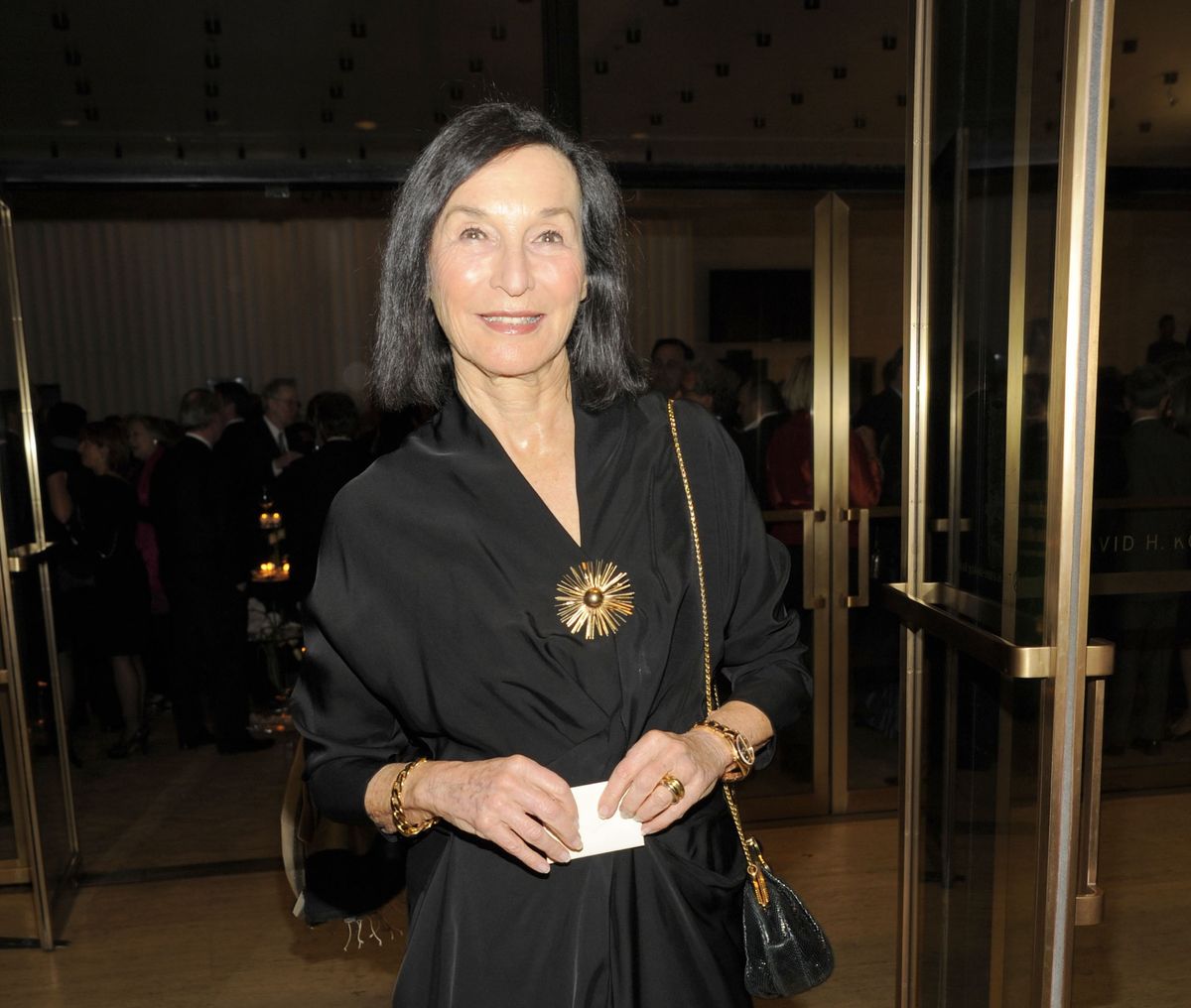Barbara Gladstone, a powerful dealer since the 1980s in the New York art market and beyond, died on Sunday (16 June) in Paris following “a brief illness”, according to a spokesperson for her gallery, Gladstone. She was 89.
Famously, Gladstone came to the business of contemporary art relatively late in her career, abandoning a job teaching art history at Hofstra University on Long Island in 1980, when she was in her 40s, to open a small gallery in Manhattan. That gallery would grow and move, from Soho to 57th Street to Chelsea, where it now operates two vast complexes on West 21st Street and West 24th Street, in addition to a space on the Upper East Side. The gallery has also long operated beyond New York, maintaining an outpost in Brussels, and more recently a location in Seoul and an office in Los Angeles.
Still, Gladstone’s gallery never took the same aggressively expansionist approach of some of the other major dealerships that emerged in New York around the same time. “The goal of our gallery does not involve having a global presence, which seems to me a core idea of a mega-gallery,” she told Artnews in 2020. “We do not need an outpost in every city, like a retail shop. Rather, my gallery remains attuned to the granular movements and energies that best serve artists and the spirit of their intentions in a localised and nuanced way. I still think of it as a small operation built solely on relationships and the hard work of getting better at what we do.”
Today, Gladstone represents more than 70 artists and artists’ estates, including many of the biggest names in contemporary art, among them Matthew Barney, Alighiero Boetti, Ian Cheng, Carroll Dunham, Keith Haring, Robert Mapplethorpe, Shirin Neshat, Carrie Mae Weems and more. In 2020, Gladstone hired the dealer Gavin Brown, who brought with him many of the biggest stars from his own namesake gallery to join her roster, including LaToya Ruby Frazier, Arthur Jafa, Alex Katz, Jannis Kounellis, Joan Jonas and more.
“I think that this moment in history is an important time to think of new possibilities in the art world,” she said in a statement at the time. “This new alliance with Gavin feels natural, evolutionary and auspicious.” Brown became a partner in the gallery, a group that now includes Max Falkenstein (who is a senior partner), Caroline Luce and Paula Tsai.
“Though many of us expected Barbara to live forever, she has been preparing for this day and set her leadership transition plans in motion in 2016, when Max became a co-owner of the gallery,” the four partners wrote in a joint statement. “Barbara’s four partners will continue in their roles in leading the gallery, with Max spearheading the leadership team, Gavin leading artists relations and development, Caroline overseeing the gallery’s operations and [human resources], and Paula continuing to lead Asia and oversight of gallery communications.”
Throughout her career, Gladstone was first and foremost a champion of her artists. In addition to working with artists who make extremely in-demand paintings and sculptures, like Katz, Dunham, Anish Kapoor, Wangechi Mutu, Amy Sillman and others, she also represented artists making incredibly challenging works, both in terms of their technical features and their subject matter, including Cheng, Thomas Hirschhorn, Philippe Parreno, Anicka Yi and others.
“I get to speak to the artist when the idea is a germ,” Gladstone told journalist Charlotte Burns on The Art World: What If…?! podcast earlier this year. “And they start talking about it and then you see it start to take form and then you see it change form and then you see them adapt and then you see the final result and it's a beautiful process because I'm not an artist. I can't make art, but I could be as close to the process as possible. And I have the artists. They have my ear, and I can listen, and someone will talk about an idea that's just a little idea, and then two years later, it's this incredible thing, and I think, ‘Ah, I heard about it first.’”
In the same interview, she reflected on the enormous transformation the commercial art world has undergone in the decades since she first opened her gallery. “I’m still very traditional and I have traditional values, which once you introduce social media and the internet and all of the technical advances that have taken place, the business has completely changed as it would, but I never foresaw that and I never thought about that,” she said. “I always thought about a person coming in and looking at something and being engaged or not engaged by it. And that it was my job to introduce it as best I could to work with the artists who exemplified, as best they could, whatever it was they were depicting. And that one-on-one relationship was very essential and important. And that is something which exists far less now.”


